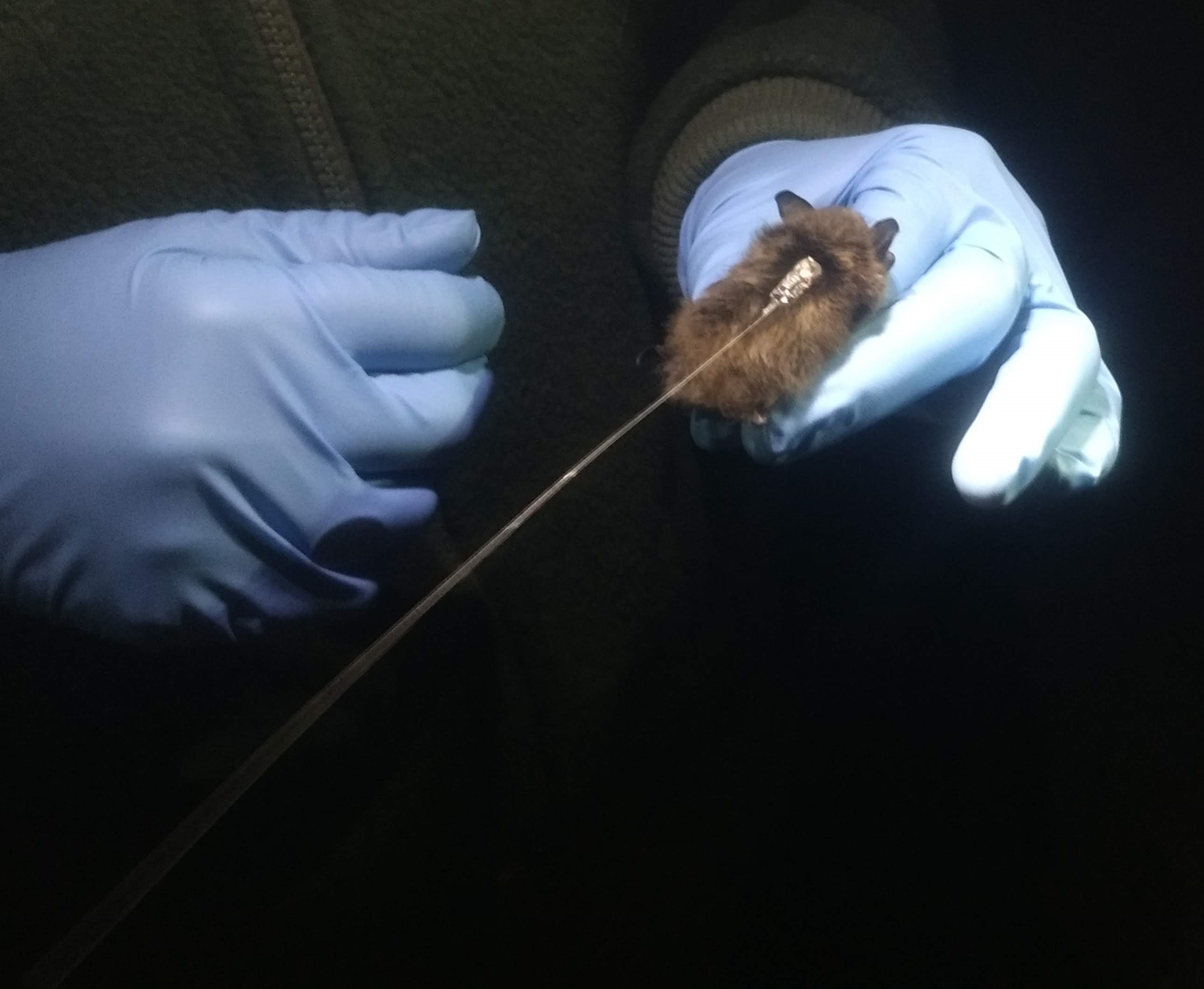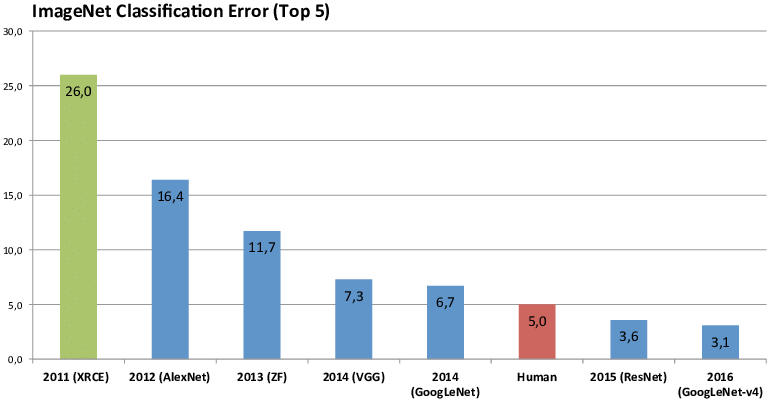A Superbloom for Ecological Data
Outline
A Superbloom for Ecological Data
I happened across this Digicology video about drones today and I think it’s a great time to talk about the flood of data that is changing the face of ecological knowledge!
The video is a quirky overview of many of the uses drones are put to in ecology - there are examples of following killer whale pods, nighttime infrared recording, surveying for rare plants, and weather balloons. But it’s not just drones that are revolutionary developments in environmental research tools. There’s AI identification, citizen science, satellite remote sensing, and the synergies between them. Things are probably about to get really exciting.
The history of conservation is punctuated by technology that gathers more data more easily
Cataloguing the environment has advanced since the original days of hunting and trapping. Radio brought radio collars and trackers to conservation. Starting in the 1950’s these have been attached to sharks, condors, wolves, squirrels: you name it. These are old school at this point, but this kind of technology is always improving and being put to more uses.
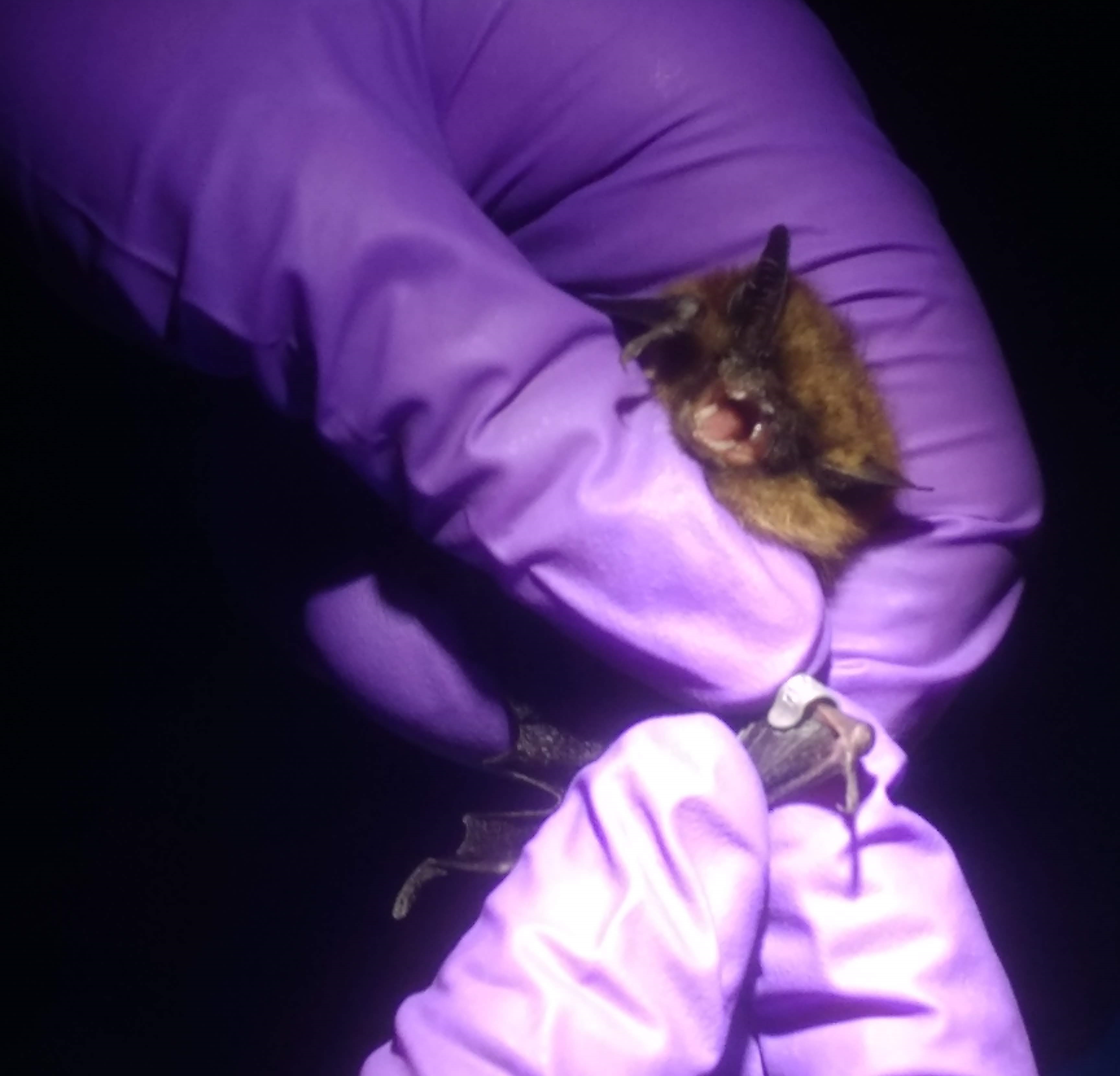
|
|
|---|---|
| Tini angry bat friend | Transmitter on tini bat |
There are also camera traps which became possible with the invention of digital photography - sometimes camera traps are along public trails and you can spot them as you hike by.
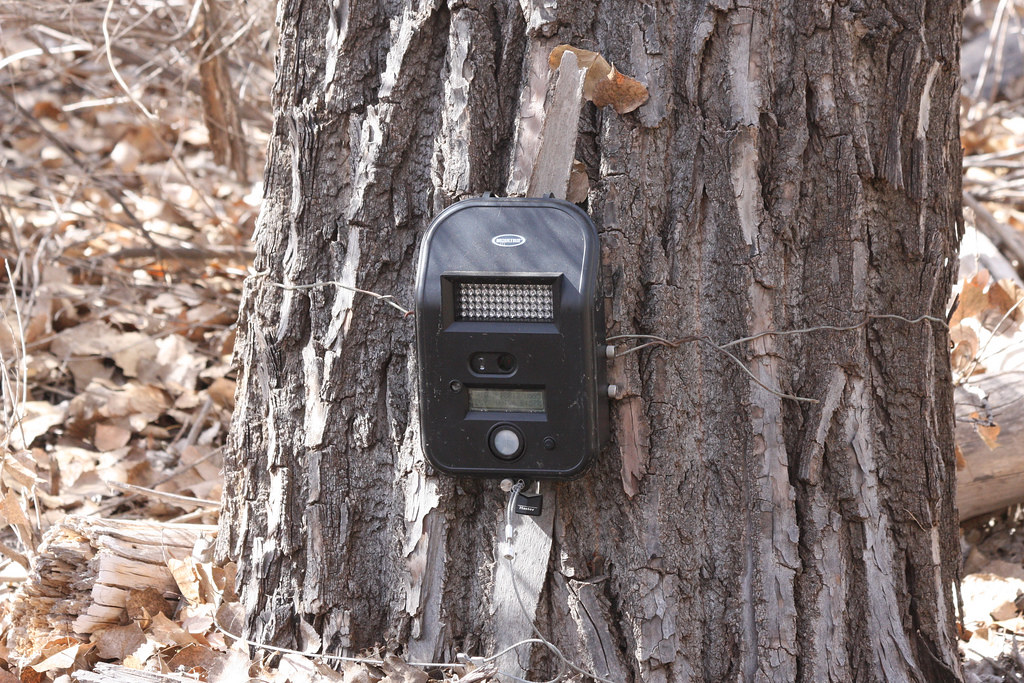
They look like this.
When something gets cheaper, you can buy more of it
QYSEA is producing the FIFISH, an underwater drone. Normally researchers have to plunge into the ocean, observing, measuring, and recording their notes on underwater tablets. Drones like the Fifish allow oceanic surveys to happen more easily, more frequently, cheaper, with less disturbance, and keep a permanent video record of the survey. There are issues, (like battery life, difficulty judging size, and tether limitations) but overall its a great technological advancement for the field. Oh yeah, and apparently you can put on a VR headset and steer the drone in real time, so that’s pretty neat.
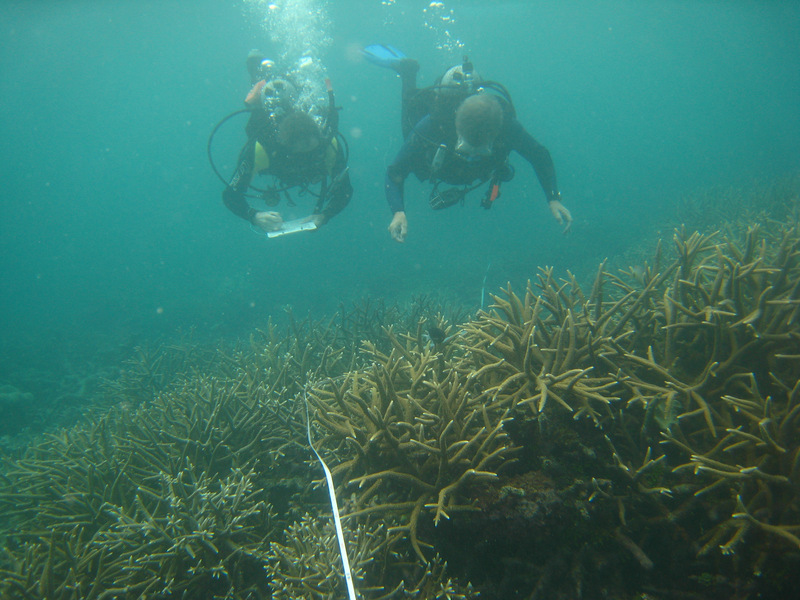
Yes researchers really do swim a transect and write down what they observe while they are down there. You do what you must when that’s all you’ve got.
There are many other hard-to-reach places I can think of: tree canopies, cliffs, burrows, and streams. Drones can collect samples, imaging, and gps. They can distribute things like cameras, seeds, and targeted pesticide. Drones can reach places and perform actions tirelessly we could never previously afford.
AI tools are about to be everywhere in fieldwork
It gets even more exciting when the potential combinations of technology emerge. AI image recognition is improving rapidly, and the signs of what’s to come are already appearing. Right now you can download an app that can identify birdcalls in real time as it records them, and a different app that can take a photo of any plant and identify it for you. I’ve tested it a few times and it has been remarkably accurate. Besides knowing far more total plants than I, it also gets tricky questions right. It correctly identified a wild strawberry (Fragaria vesca) which I had convinced myself was an ornamental or mock strawberry (Potentilla indica). I haven’t been able to put it to the most extreme test since I didn’t have it with me when I was in my most familiar habitats. But I am a (somewhat) experienced botanist and I am confident it can beat out someone with 1-2 years experience in a region.

|
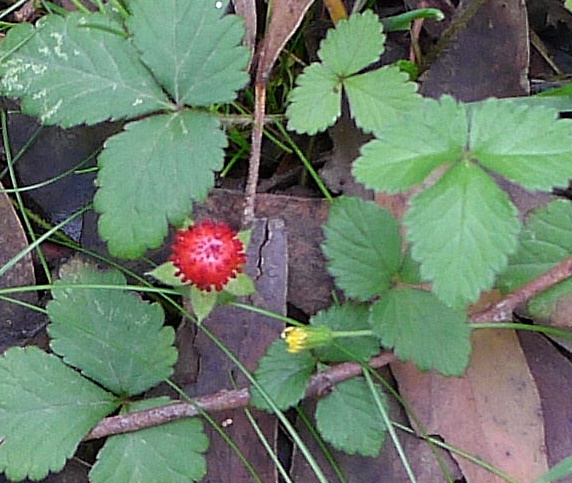
|
|---|---|
| Seek’s AI correctly identified this wild strawberry on leaves alone, and despite the fact that Faux Strawberry can grow here as well. | Potentilla indica for comparison. |
And it might be even better than that, it might be beating 10-year experienced botanists. There is no way for me to tell exactly how good it is. But since it is this good now, I guarantee it will beat the experts soon. Because this is what AI image recognition improvement looks like:
It can do things now which it wasn’t anywhere close to being able to do 5 years ago.
But that’s not all. AI is surpassing humans in some regards - it not only can identify birds to their species accurately, but it can recognize individuals with 90% accurately. This is a huge improvement on the bird banding which we have been relying on so far.
Databases are about to get much larger
Don’t forget, now that identification is easier: many more people can do it cheaper, faster, and more often. Everyone literally has a personal guide and data collection equipment in their pocket. That makes so much possible for them and for collective research. Citizen science is incredibly exciting because it massively increases the scale of information scientists are working with. Volunteers are providing data points all times of the year all over the nation. You can see the results for yourself by looking up any species on iNaturalist and seeing all the thousands of sightings, stretching a decade, demonstrating natural range, migration times, color variation, budding timing, etc. The data is all standardized and centralized rather than being kept by each researcher or natural resource office individually.
So much more understanding of the environment will come from citizen science. Scientific research and citizen science data are both weaker alone, than when they are combined.
Satellites are about to collect global data for everything
Image recognition AI will also combine synergistically with another booming technology trend, satellite imagery from small, low-earth-orbiting spacecraft.
30 years ago you had to fly a plane and count trees by a tally clicker. Now satellites can scan the entire globe with enough detail that AI’s can identify, count, and evaluate the health of every canopy tree in the world annually. Planet Labs can already do this 5 times a day. Satellite data processing can passively operate until it flags outbreaks of disease, desertification, lekking and superblooms. The combination of global data and vigilant programs alerting us of natural events is super powerful.
It’s not just google earth images. Satellites use different types of scans. Infrared scanning can detect fire even at the size of a backyard barbecue. NDVI scanning can measure the density of vegetation. in-SAR radar is starting to capture the internal 3d structure of forests. Methane detection satellites can pinpoint pollution sources.
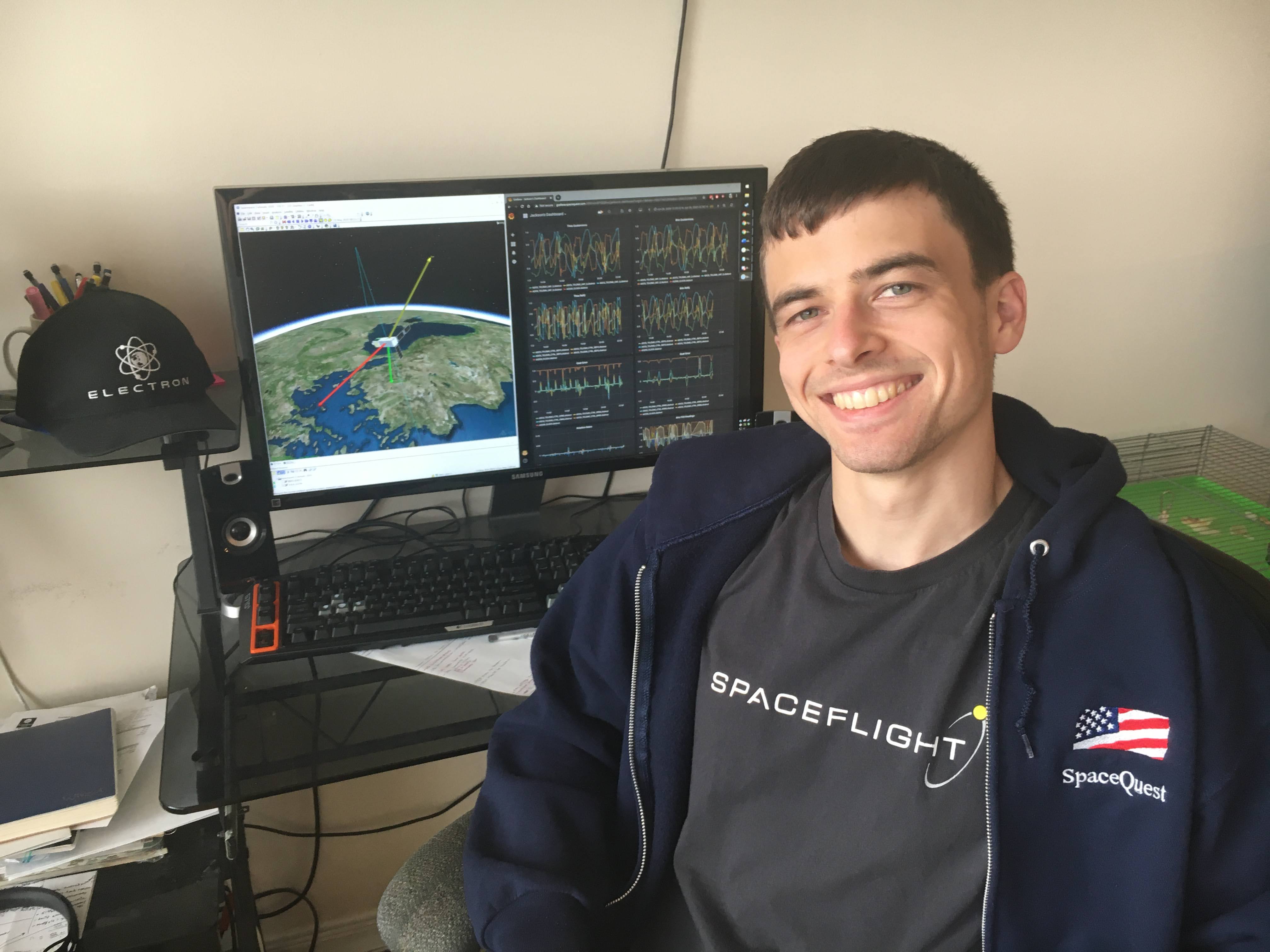
Pretty soon jerks like this guy will be in charge of collecting your environmental data.
Last but not least: GPS seems positively mundane now, but lets not forget that it allows a tech who has never been to a field site before, to find and repeat a survey on the exact same transect.
How will these trends impact the field of ecology?
Automation will change the job market for Field Technicians
AI is here to stay, and it is going to mean some uncomfortable changes. Less-than-peak-expert species identification is going to be replaced by non-experts scanning in species to be interpreted by AI’s. Even expert species identification is going to have to adapt to using AI recommendations and assistance. We will be using it, leaning on it, and incorporating it into how we get things done. The old technologies of bird bands, radio transmitters, and camera traps did not reduce ecology to yet another office number-crunching pursuit. They have only deepened our appreciation of the majesty of nature. I look forward to drones, satellite monitoring, AI, and further tech joining that proud heritage.
This might sound bleak, but don’t lose sight of the central shift: it makes identification easier! Anyone and everyone now has so much more access to understanding the natural world. Rather than spending most of their time inspecting specimen after specimen to build the picture of where plants are found, now botanists are freed up to spend their time discovering new species, new interactions, or figuring out what population changes mean.
Environmental Positions: Less jobs or more jobs?
When ATMs replaced bank tellers in the 1980s, a cascade of repercussions followed. With easier business, offices became more profitable, and more small offices opened. Surprisingly, the number of bank tellers actually increased after the ATM as a direct result. I suspect a similar thing is going to happen in environmentalism.
Technology is going to replace many skills in environmentalism. Species ID is going to become optional, the same way orienteering was replaced by GPS. Tediously digitizing handwritten records is already on its way out because of portable tablets. Sample collecting is going to have a similar fate because of drones. This is going to put a serious dent in the wages of field techs just like the ATMs replaced teller jobs. Instead other skills will be required - drone care, traveling further, and site selection for example. Fortunately, just like the branch offices in the ATM example, many more sites can be visited, and environmental information is going to go up. Theoretically it will be much more useful to the nonprofits/BLM/Forest Service. The same way many small branches opened in the bank business, much more funds will be directed towards field work.
The cheapness and benefit might very well lead to funding larger teams in research and restoration. More ecologists will be designing projects, selecting sites, overseeing transects, and interpreting results.1
Start imagining what you’d do in a world of cheap and plentiful environmental data
One thing is certain. The spigot of environmental data has been turned on and is only going to gush stronger with time. Right now we have almost nothing. Despite all our efforts, the best we have is food webs, trophic cascades, and species range maps. We can’t fully use them. We can maybe determine that a decline in fish will hit the eagles harder than the bears, and estimate the rate that native species will succumb to invasives. But it’s really really basic and we definitely can’t make detailed predictions.
Anyone who is used to slim-pickings had better start preparing for how to use the data as it starts to pour in. What would you do if you had detailed stories on every individual in the herd? What would you do if you could print out the speed and direction of forest succession, every visitor to a watering hole, or every environmental change that occurred after a stream restoration?
At the very least, with satellites and AI we should be able to spot the direction of forest composition shifts. This is already being done for desertification in the Sahel. But there is hope that it will be more powerful. UPDATE: It totally is. We can already identify individual species. The same way car brands can be used to estimate demographics, voting profile, and education background, some environmental metrics might indicate biodiversity, ecosystem resilience, and nutrient cycling. With enough long-term monitoring of internal forest structure, maybe we can forecast the composition of forests 50 years hence. With enough data on every species population after bad winters, maybe we can truly anticipate the effects of the next one. Maybe we can recognize when an ecological tipping point is approaching, or control trophic cascades. Maybe we can identify and replicate the key factors that prevent invasive plant infestations.
We will be able to do a lot more than we ever have previously, and I’d say: stay ahead of the curve and plan for what we should try to accomplish with the resources that will soon be commonplace. Like maybe start placing audio recorders all over the forest in anticipation of them being easily transcribed by audio recognition software in the near future. I don’t know, get excited for all the new revelations that will start to come out of ecology. I think exciting developments for ecology are just around the corner.
- One potential flaw in this scenario is that banking was a commercial field responsive to market pressures, versus most ecologists are employed by the government, by academia, by nonprofits, or indirectly by government (like at consulting firms that complete gov-required environmental impact analyses). If most of ecology is driven by legal requirements, maybe the government won’t buy more data when data gets cheaper. In that case, it would still be bad news for field techs, and less good news for other ecologists. [return]
